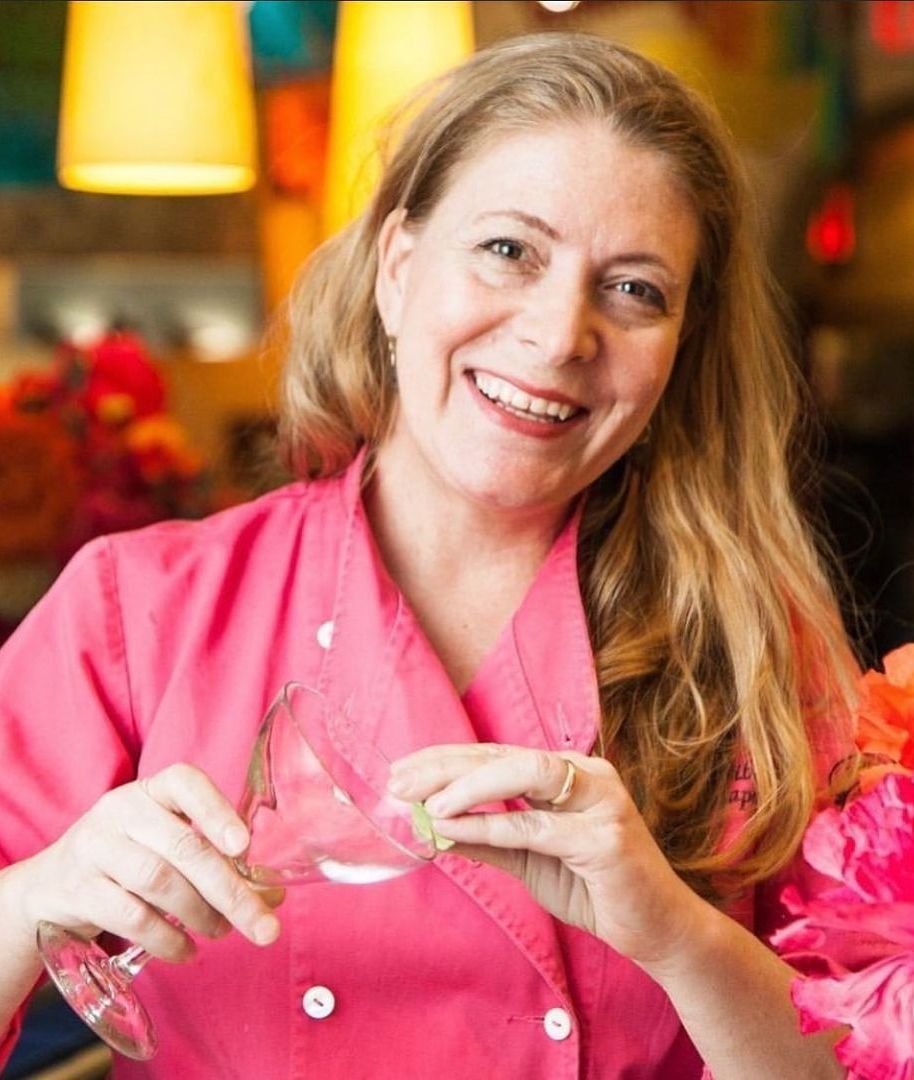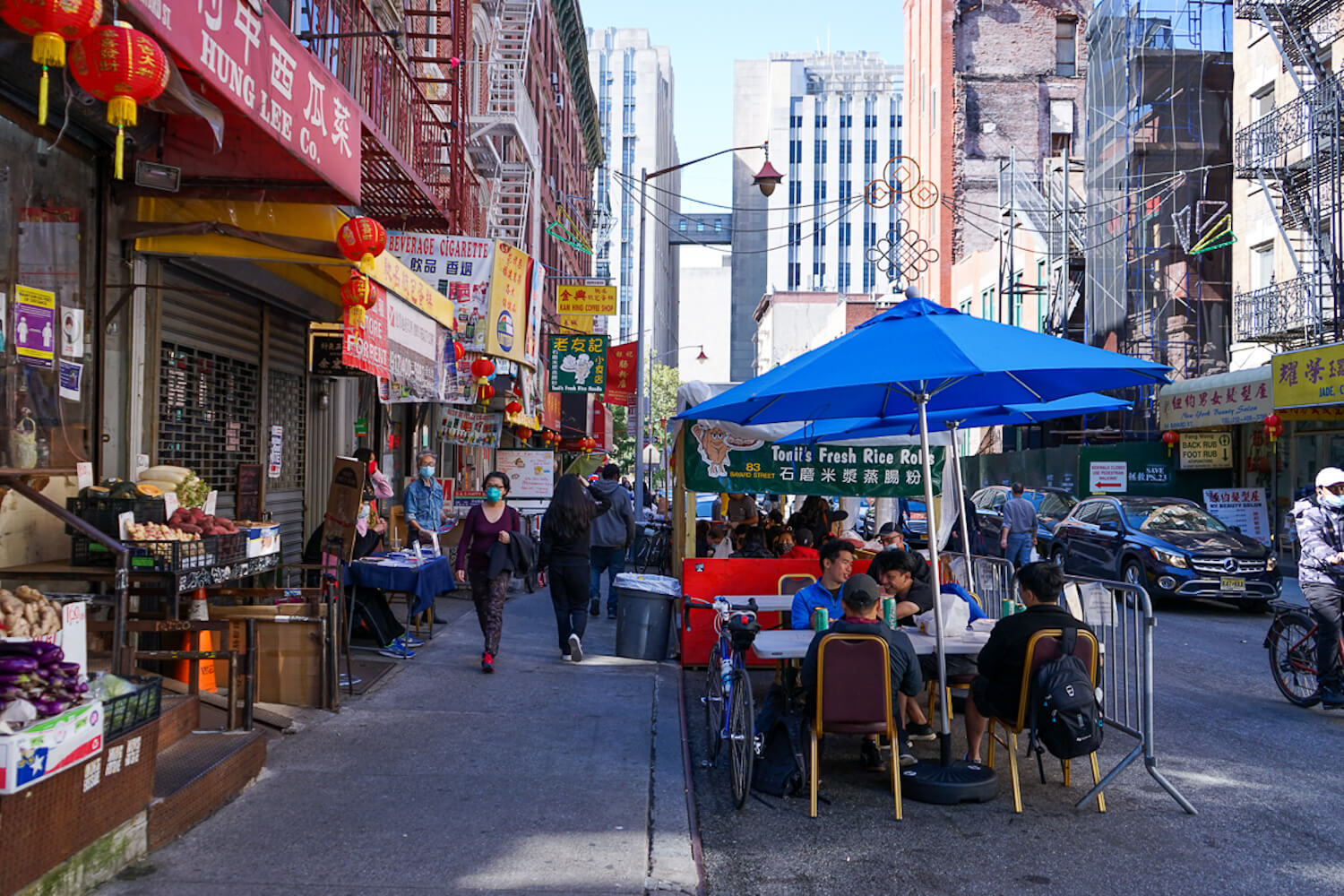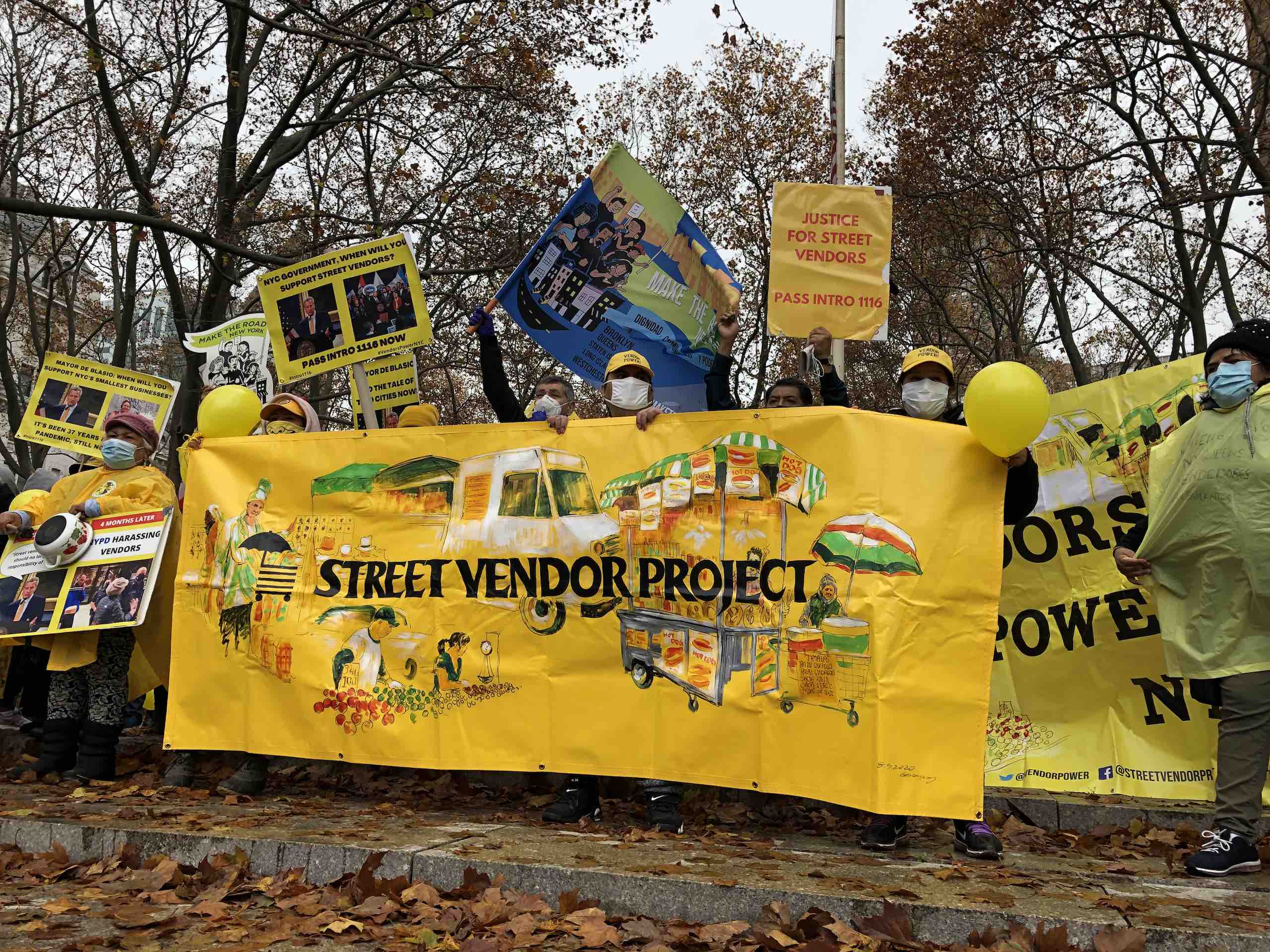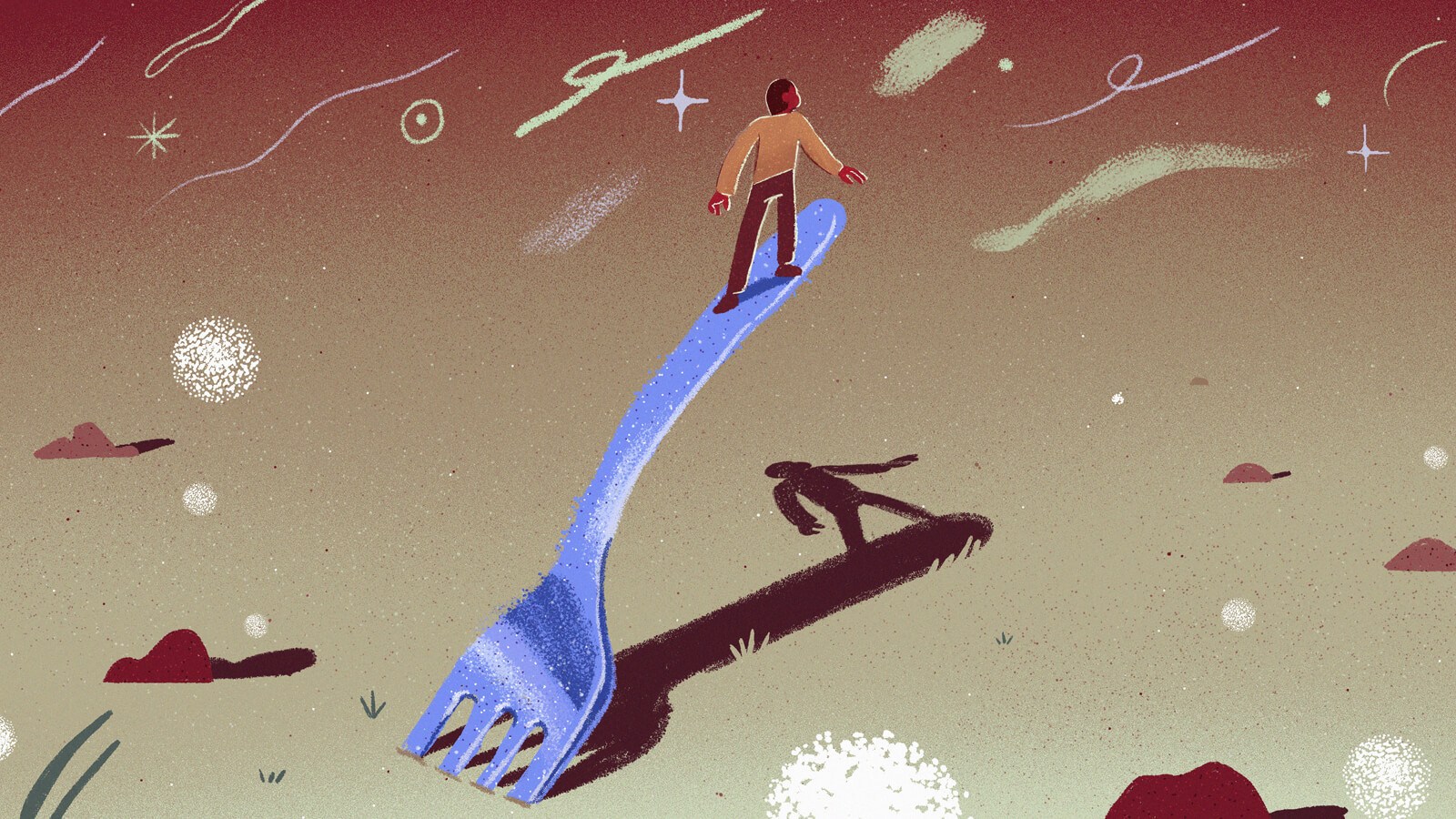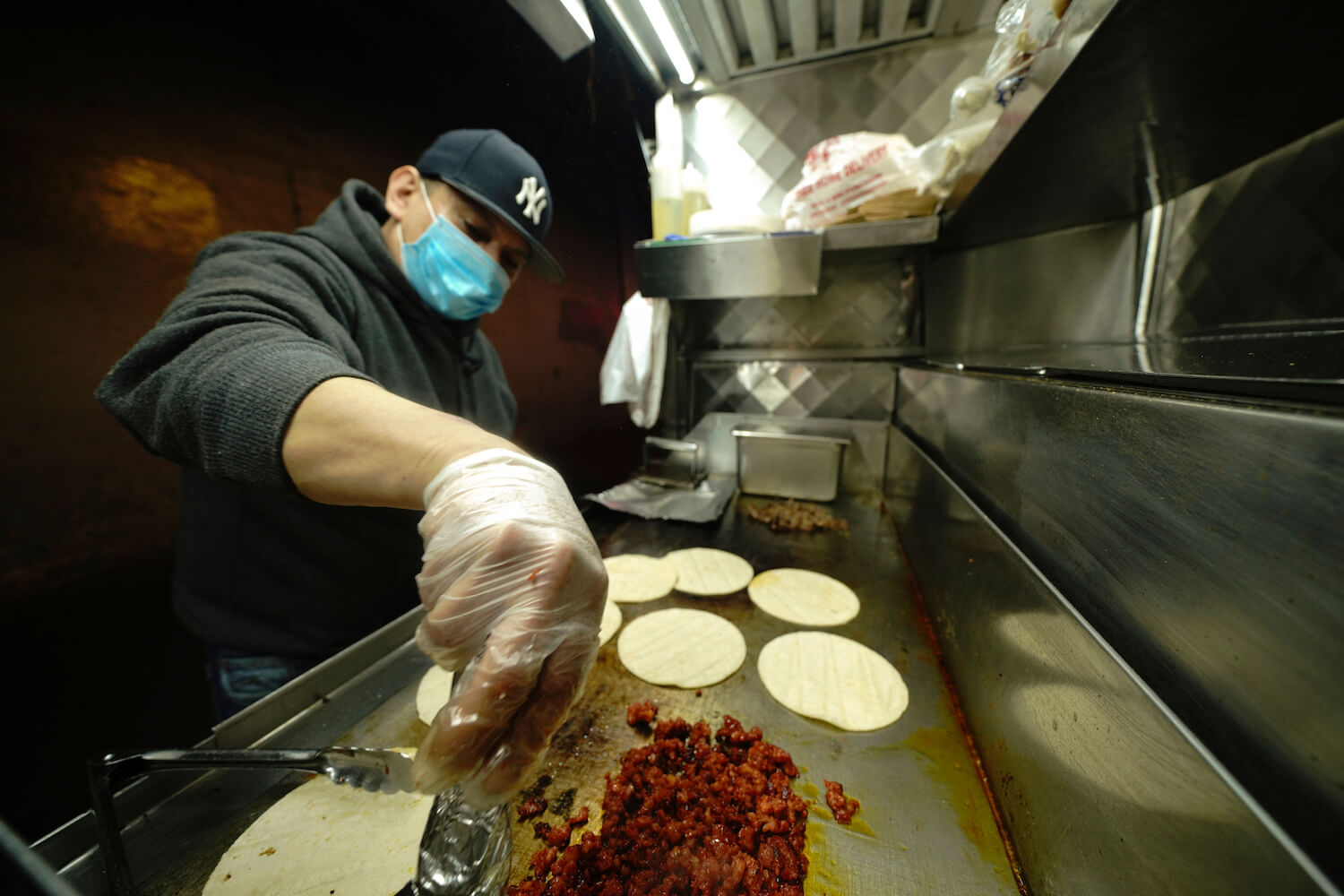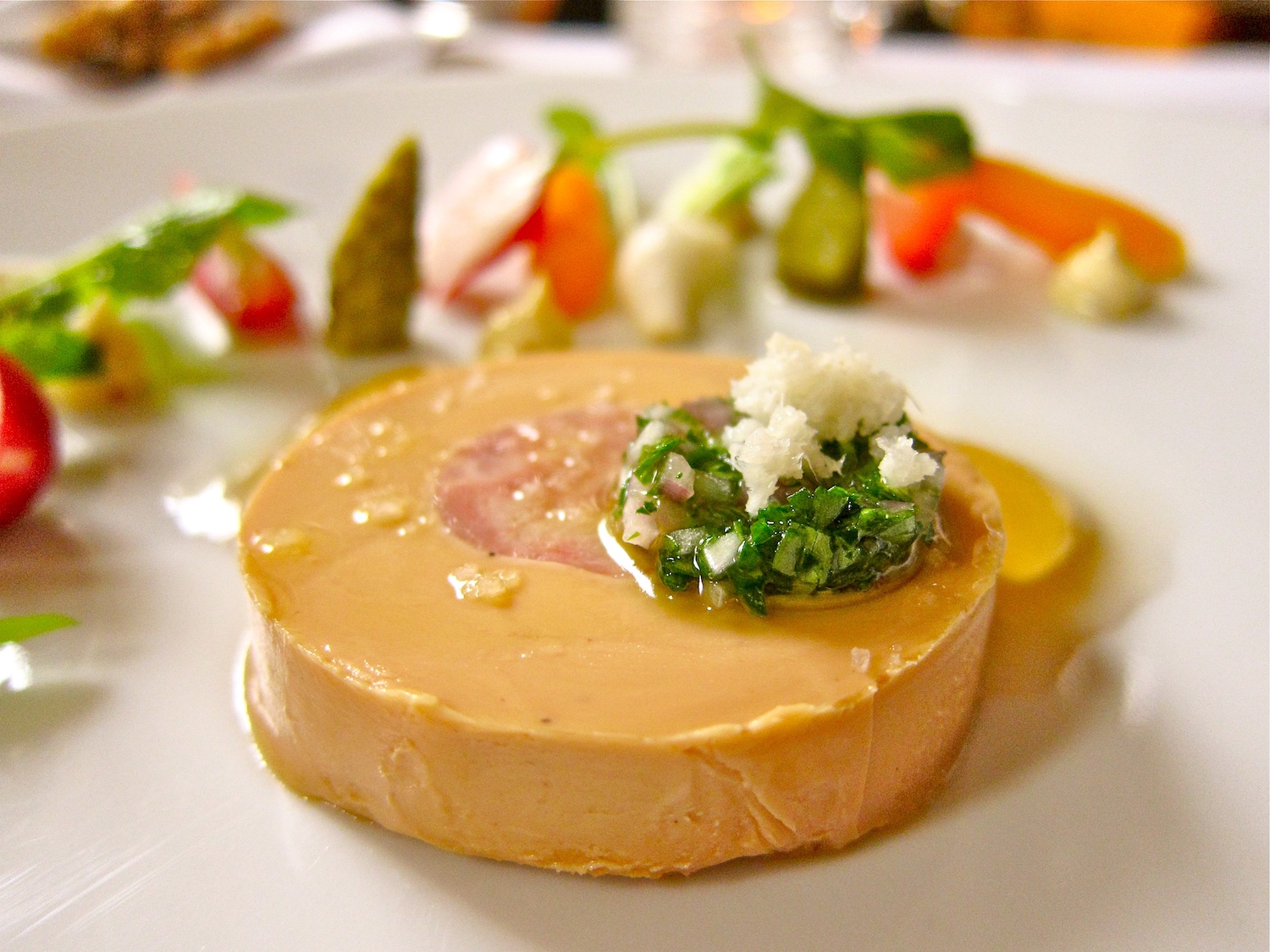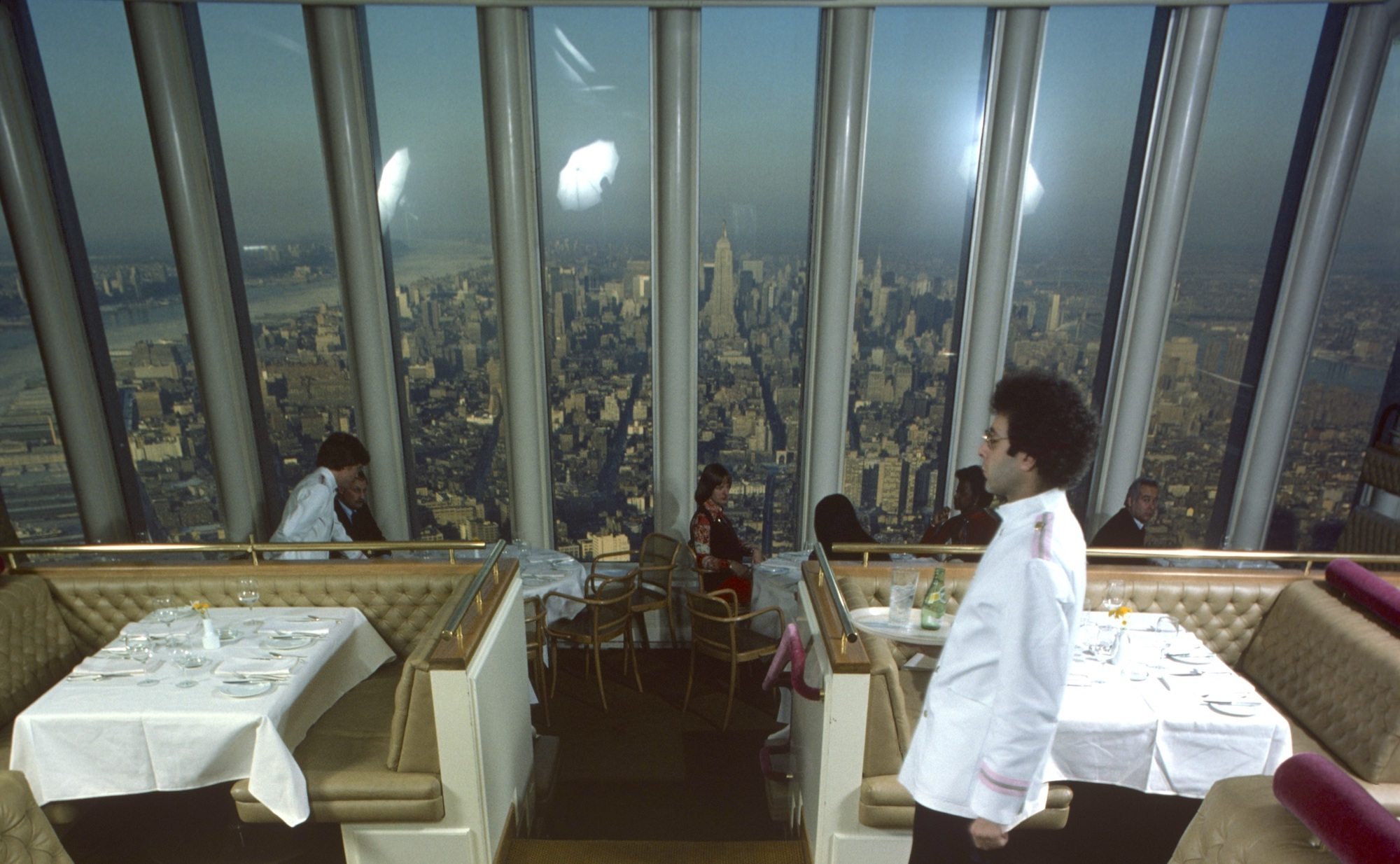
Susan Wood/Getty Images
Twenty years later, memories of both shared trauma and caring still linger.
Pictured above: The restaurant Windows on the World, on the 106th and 107th floor of the World Trace Center, in January 1977. Seventy-three employees and 91 guests of the iconic restaurant died on 9/11.
Barbara Sibley opened her first restaurant, La Palapa Cocina Mexicana, on St. Marks Place in Manhattan, a year before the terrorist attacks of September 11, 2001. She was living in the East Village and heard the planes roaring past her building right before they slammed into the twin towers of the World Trade Center. Her windows faced downtown, and she could see the buildings faintly through them, engulfed in flames.
Barbara Sibley opened La Palapa Cocina Mexicana in Manhattan’s East Village a year before September 11, 2001.
Amid the chaos and confusion, Sibley knew that she needed to get to the restaurant right away. She left the apartment and walked the eight blocks north to La Palapa, the same route she’d taken every other morning that year.
“I remember asking a friend who’s from Jerusalem: ‘What do you do when something like this happens?’ She said, ‘You keep your lunch date.’” When Sibley arrived at the restaurant, her cooks were already prepping for lunch service. The air inside was filled with the scent of roasted chilies and fresh tortillas.
Outside, Sibley could already see a steady stream of stunned people wandering aimlessly, concussed by the shock of what was happening. “Before we opened, people were knocking on the door asking for water or coffee or to use the phone. We moved the landline up to the front window, so anyone who needed the phone could use it.”
Though many restaurants closed on 9/11, Sibley refused to close hers. “Restaurants are the living room of the community,” she said. “We’re there to provide comfort to people when they need it. I never considered closing. Not for a second.”
“Restaurants are the living room of the community,” she said. “We’re there to provide comfort to people when they need it. I never considered closing. Not for a second.”
New Yorkers needed somewhere to eat, but they also needed sanctuary, a safe place to mourn and grieve together. It was a day unlike anything she’d ever experienced or likely will ever experience in her career. But her restaurant never stopped serving, despite the military checkpoints, blockaded streets, and neighborhood evacuations happening across the city.
For those who worked in the restaurant industry on 9/11, the memories have become increasingly opaque with time, but the trauma still lingers. New York City changed forever that day. It was as if an appendage had been amputated. Like the human body, cities are resilient and rebuild, but for New York City the healing process left visible scars on its landscape and on its people.
Of the 2,977 souls lost in the World Trade Center attacks on 9/11, 73 were employees of Windows on the World, the iconic dining room in the sky that occupied the 106th and 107th floors of the north tower. Windows had opened early that sunny Tuesday morning to host a business conference. None of the 91 guests who attended made it out of the building alive.
Despite the precarious circumstances, many restaurants continued to welcome guests on 9/11. Restaurateurs like Sibley kept food on the table as they would for their own families in times of crisis. Hospitality was all she could offer that day to help distract people from the unspeakable pain.
Amid chaos, she recalled the regular’s favorite wine
Adrienne Etkin-Nascimento looks back at 9/11 as the day that changed everything. She woke up around 8:30 a.m., at her then-boyfriend’s place in Williamsburg to the sound of a radio DJ on Z100 blabbering about some idiot crashing a plane into the World Trade Center.
Etkin-Nascimento was in charge of private events at what was then Quilty’s on Prince and Sullivan in Soho. She had a meeting scheduled that morning in the Financial District with an event planner from one of the big investment banks. She turned up the radio and ran to the window where she saw the second plane slicing through the torso of the south tower in real time. It was 9:03.
Rather than shelter in place, Etkin-Nascimento felt something pulling her toward lower Manhattan. Just before 10, she and her boyfriend took one of the last inbound trains into Manhattan. The subway creaked and crawled along the tracks before it was evacuated at Union Square.
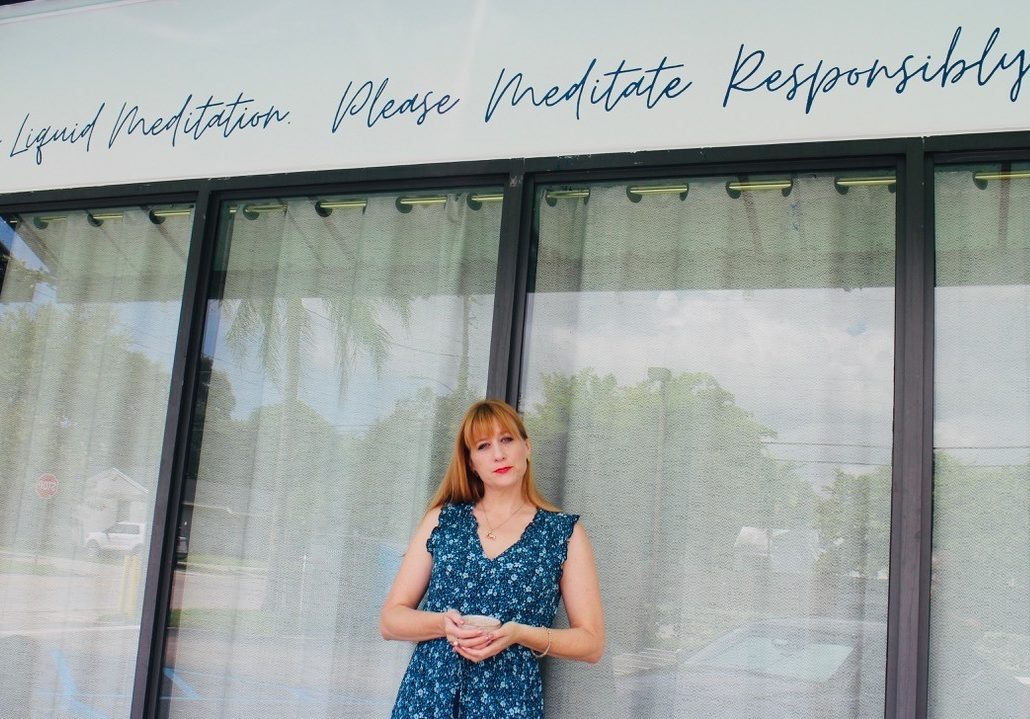
Adrienne Etkin-Nascimento was an event coordinator at Quilty’s in Soho. She now lives in Miami and plans to open a tea salon in October.
Andrew Quarrie
She could hear people screaming that one of the towers had collapsed and the cacophony of fire engines and police sirens in the background.
“As I started to walk toward the mess, I realized everyone else was heading uptown,” Etkin-Nascimento recalled. “No one was focusing on anything but themselves, like a typical New York morning. I felt like a salmon swimming upstream. I don’t know what it was, but I felt like I had to get to work. I was walking into the fire.”
When she finally got to the restaurant, she climbed the stairs to the rooftop event space. The roof overlooked the twin towers, and newlyweds often posed for photos using the buildings as a dramatic backdrop. From that vantage point, the towers always seemed impermeable, like sentinels guarding the horizon. There was nothing there anymore. The north tower had collapsed. All that was left was a gaping hole in the sky, filled with a towering vortex of gray smoke that billowed upward.
A regular customer who worked in the World Trade Center stormed into the restaurant in a panic, saying that he’d seen people jumping from the buildings. His clothes were disheveled, and he was covered in soot.
Etkin-Nascimento instinctively reached for a bottle of Sauvignon Blanc behind the bar—even in the chaos, she remembered his usual drink—and poured him a giant glass. She served herself one, too, and prepared glasses for her coworkers. Someone suggested the owners might not approve. “I was like, ‘Fuck off! I don’t care. We’re gonna do this up!’” No clinking stems. They all threw back the wine like taking medicine, and the regular customer hurried out to find his missing boyfriend. Etkin-Nascimento went into the kitchen to check on Lucho, one of the chefs, who was making a large pot of chicken stock. “I can’t leave the stock,” he said unfazed by the frenzy around him. “It’s not done.”
“No one was focusing on anything but themselves, like a typical New York morning. I felt like a salmon swimming upstream. I don’t know what it was, but I felt like I had to get to work. I was walking into the fire.”
“We knew something was happening, but we didn’t know what,” Etkin-Nascimento said. “We didn’t have a TV. At one point, someone on the street was screaming that there was a bomb. Strangers were coming through the front door in a panic, and I brought everyone into the office downstairs.” After realizing that there’d been no explosion, the group finally came back upstairs, said their goodbyes, and she locked up the restaurant.
Etkin-Nascimento remembers the high-heeled, black leather boots she wore that day—and the long, arduous walk back to her Hell’s Kitchen apartment. She stopped outside of an electronic store on Sixth Avenue where a crowd had gathered. They all stared at the television monitors looping footage of the planes exploding and the skyscrapers disintegrating into dust. Closer to home, she passed several pubs filled with brokers in crisp Brooks Brothers shirts looking way too comfortable, as though they reveled in the surprise of an unexpected day off.
Above 42nd Street, Midtown and Upper Manhattan were more insulated from the carnage, although the burning smell of jet fuel had already permeated the air across the five boroughs. Stunned residents uptown poured into their local bars and restaurants to seek refuge. The few establishments that managed to open were short-staffed and stretched thin.
Running out of burgers—and patience for a selfish customer
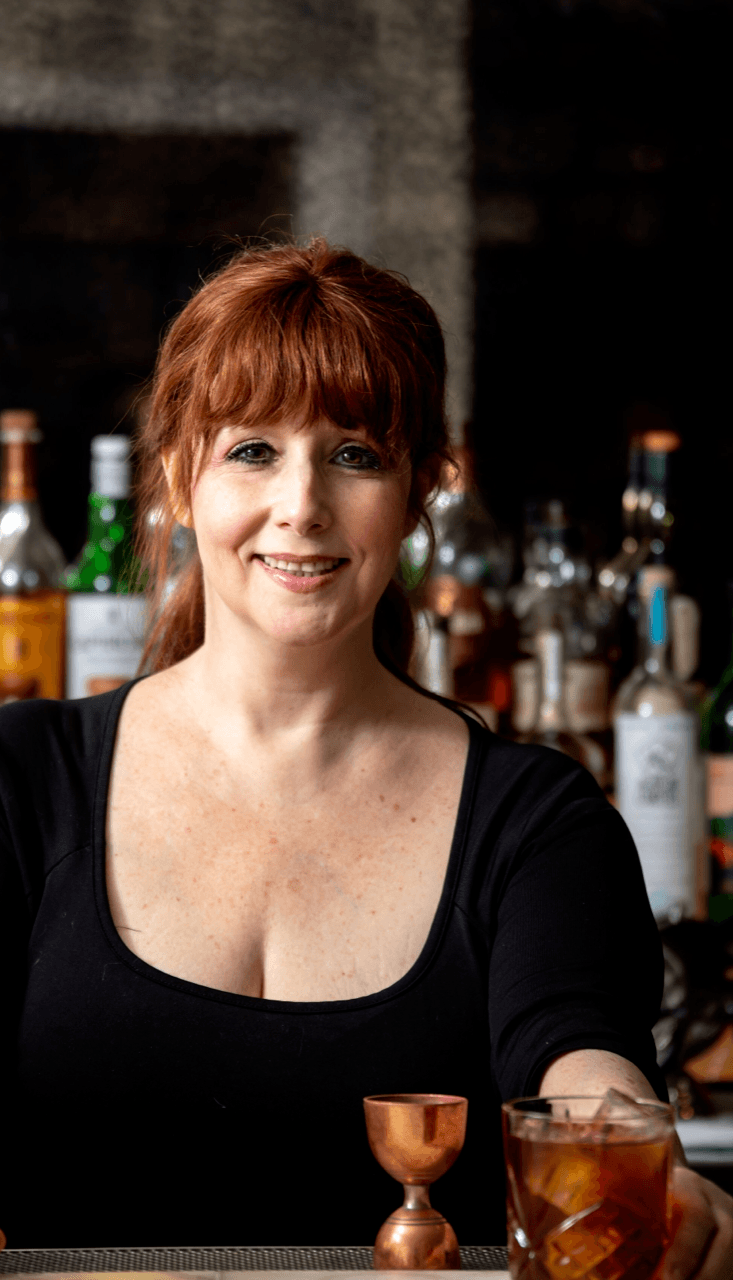
Greg Rhein
Paula Lukas bartended on the Upper East Side on 9/11. She continues to work in the hospitality industry in New York City.
Paula Lukas was bartending at a new brasserie called 92 on the corner of 92nd Street and Madison. “I called work. I was usually there about 2:30 or 3, and I couldn’t get through. I kept getting a busy [signal],” Lukas said, “I remember my manager finally picked up, and I said, ‘Do I need to come in?’ She said, ‘Get here as soon as you can. We have a line around the block.’”
When the restaurant opened, Lukas was alone behind the bar. Her coworker couldn’t make it into Manhattan because the subways shut down.
“I’m behind the bar, and a person would say ‘My cousin’s missing’ or ‘My sister’s down there’ or ‘I can’t get in touch with somebody,’” Lukas recalled. “I put a couple of bottles up on the bar, gin or vodka, and I said, ‘Here! Help yourself!’ It wasn’t a shot place, but I remember saying, ‘Anybody want a shot?’”
Toward the end of the night, the kitchen ran out of burgers. Lukas remembers breaking the news to a customer who was despondent, but not because of the day’s tragedy but because she couldn’t get a burger.
“She said, ‘How the hell can you be out of burgers?’ I was like ‘Really? Do you not know what’s going on today? Are you living in your own little bubble? Have you not been watching the news?’” Lukas shook in anger, as tears welled in her eyes.
The woman grabbed her purse to leave without paying for her unfinished glass of wine. A group of regulars at the bar sneered as she made her way out the door. Everyone desperately needed to laugh together at the absurdity of her behavior, but humor wasn’t possible under the circumstances.
“I put a couple of bottles up on the bar, gin or vodka, and I said, ‘Here! Help yourself!’ It wasn’t a shot place, but I remember saying, ‘Anybody want a shot?’”
“Later on, when the place was empty, a woman whose husband was missing came in while I was cleaning the bar. She asked if she could order anything to eat. All the chefs were gone for the night, so I went into the kitchen and made her a salad with whatever I could put together. I have no idea whether she ever found her husband. I never saw her again.”
Empty seats and bids for the dead at a silent auction
Many restaurants and their staff volunteered to help first responders. Carrie Marchal was working as a front waiter at Gramercy Tavern. She remembers co-owner Danny Meyer closing the restaurant on 9/11, though many Gramercy employees came in over the next few days before reopening to pack boxed meals to be shuttled down to Ground Zero.
“It was so hard to talk to people at tables at the time—I didn’t want to—so I kept asking them to station me to work in the kitchen to help pack up the boxes,” she said.
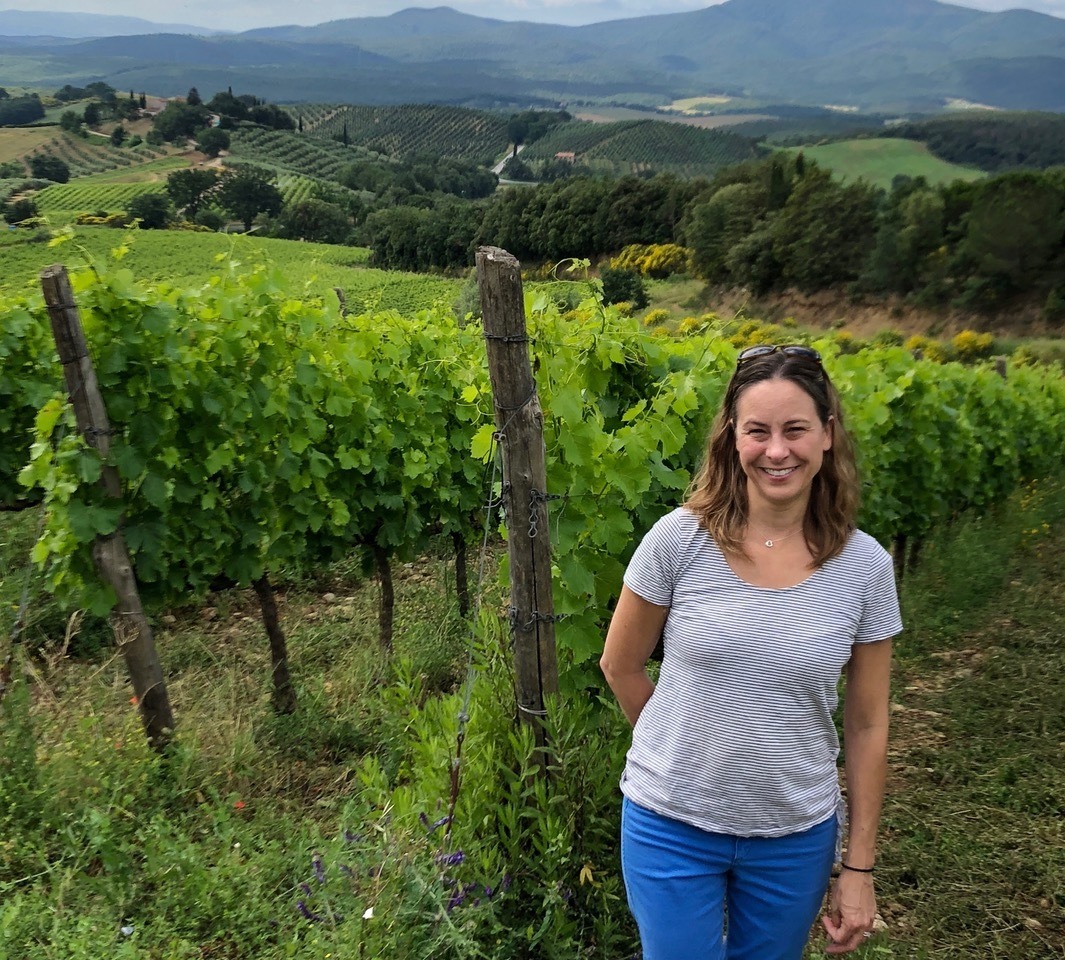
Carrie Marchal worked at Gramercy Tavern on 9/11. When Covid-19 hit last March, she moved to Beaujolais, France, to live and work on a vineyard.
Courtesy of Carrie Marchal
“A week or two later, we hosted a big charity event that was an annual thing for [the anti-hunger organization] Share Our Strength. There were around 400 people in the restaurant for dinner and a silent auction. When we started serving, there were so many empty seats, we didn’t realize if we should put the plates down or not. People were sobbing at the tables in between courses.
“The staff didn’t realize it right away, but many of the empty seats—at least 20 of them—were empty because those people had died in the World Trade Center.” Marchal left the dining room floor several times to hide her tears while she overheard survivors bidding on behalf of themselves and their lost partners.
The resilience that restaurants like Sibley’s La Palapa showed in 2001 and their charitable spirit is echoed in the challenges they face today amid a global pandemic. “We used the exact same tables to prepare food for first responders and hospital workers when Covid hit last year as we did on 9/11.” In the face of these unspeakable tragedies, the restaurant industry has shown resolve not only to endure adversity, but also to turn these horrible events into a cause for good.
New ways of seeing, new directions
Twenty years later, Barbara Sibley continues to run La Palapa in its original location. She’s survived citywide blackouts, the Great Recession, Hurricane Sandy, and now Covid-19.
In some ways, living through 9/11 made everything else seem surmountable to Sibley. She continues to get up in the morning and head to her restaurant to serve her neighbors the same food she grew up with in her native Mexico City. Perseverance has become a badge of honor for Sibley, one she wears proudly. Her company has grown to include outposts in Brooklyn and elsewhere in Manhattan.
“Before September 11th, I would’ve never left New York. No boyfriend—nothing—would ever be able to get me out of the city. 9/11 totally changed the trajectory of my life.”
In the weeks and months after 9/11, Etkin-Nascimento lost 70 percent of her event business, and Quilty’s abruptly closed later that winter from the devastating economic impact the attacks had on businesses in Lower Manhattan. She moved to Ohio with her boyfriend and got married soon after.
“Before September 11th, I would’ve never left New York. No boyfriend—nothing—would ever be able to get me out of the city,” Etkin-Nascimento said. “9/11 totally changed the trajectory of my life.”
When Paula Lukas finished her shift at 92 late that night and into Wednesday morning, she met up with a group of coworkers at Kinsale, a local watering hole near the restaurant. Her shift was one of the hardest she’d ever experienced in years behind the bar. She lived nearby, but home felt miles away. After a few drinks, it was getting late, and she went outside to catch a cab.
“I remember the sky was all lit up with helicopters,” Lukas said. She could’ve walked home, but the city felt different now, dangerous and unpredictable. New York City was a target. It was close to 4 a.m., and no cabs anywhere. There was no such thing as Uber yet.
That indelible scent—of burnt architecture and charred remains—would be etched in her brain forever.
On the street corner, she suddenly burst into tears. The horrors of the day, the tension of the night, the woman who yelled about the sold-out burgers, the terrible makeshift salad she made for the woman who may never see her husband again: All came crashing down at once.
A police car parked nearby pulled up alongside of her, and a young officer peeked his head out of the window. He asked her if everything was alright. She said she was fine but couldn’t find a cab to get home. The officer asked where she lived and offered her a lift. Lukas climbed into the back seat of the cruiser and sat in silence for the short ride to her apartment. She stared out at the businesses in her neighborhood, the weather-worn awnings that she’d passed a million times. Nothing looked the same anymore. It didn’t seem familiar.
The squad car pulled up to the curb to let her out. She thanked the officers for the ride. “I’m glad you guys are safe,” she said through the partially opened window, then walked into the building and up the five flights of stairs.
The inside of her apartment smelled like smoke even though the windows were closed. That indelible scent—of burnt architecture and charred remains—would be etched in her brain forever. As the city picked up the broken pieces and its residents mourned the lost, that aroma followed her everywhere, no matter how hard she tried to escape it.
